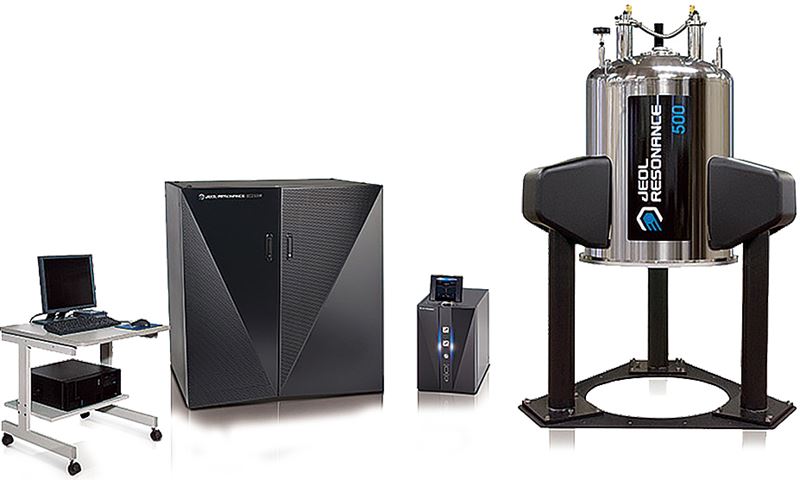University Research Facility in Chemical and Environmental Analysis

Equipments
The Thermo Scientific Neptune Plus high resolution multicollector ICP-MS is used to characterize the isotope composition of different elements in a variety of different materials including sediments, fluids, rocks and biological phases. It enables a wide variety of disciplinary and interdisciplinary research projects, covering topics from chemical and environmental sciences, earth sciences, nuclear sciences to other fields requiring high-precision isotope ratio measurements. Its jet interface, double-focusing mass analyzer, retarding potential quadrupole lenses and fully flexible detection system offers ultimate high mass resolution, ground-breaking sensitivity, unsurpassed linearity and robust stability.
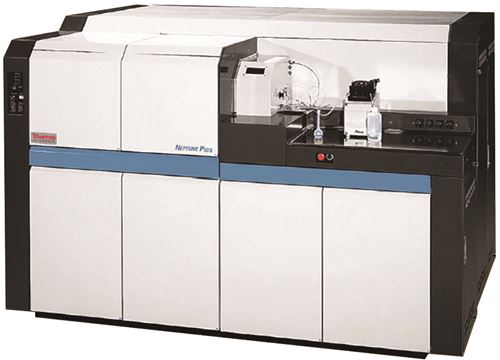
The Chemical Ionization Time-of-Flight Mass Spectrometer (ToF-CIMS) combines chemical ionization with high-resolution time of flight mass spectrometry for sensitive, real-time identification and quantification of gasphase compounds in sampled air. The soft ionization combined with high mass resolving power enables molecular and elemental speciation. The high ion duty cycle achieves simultaneous measurement of all mass-to-charge ratios. The data acquisition rates of this instrument exceed 200 complete mass spectra per second. It is applicable for both laboratory and field measurements and can be employed in climate change and air quality research.
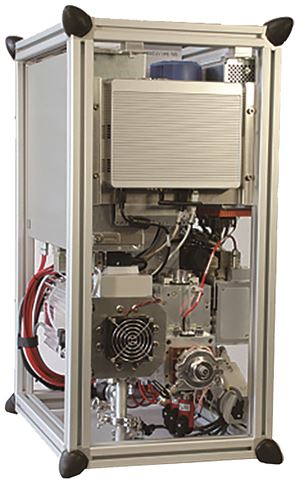
The Proton Transfer Reaction Quadrupole ion Time-of-Flight Mass Spectrometer (PTR-QiToFMS) is a fast and ultra-sensitive instrument for trace analysis of volatile organic compounds at a very high time-resolution and mass resolving power. It is the most powerful PTR-ToFMS instrument available on the market. The high-end orthogonal acceleration reflectron time of the flight mass spectrometer, the Quadrupole ion guide, the IONICON PTR technology and the ULTRA-PURE ion source enable the PTR-QiToFMS to achieve a mass resolution of more than 5,500 and reach a detection limit of below 1 pptv in 60 seconds and an unmatched sensitivity of more than 1,500 (up to 4,500) cps/ppbv.
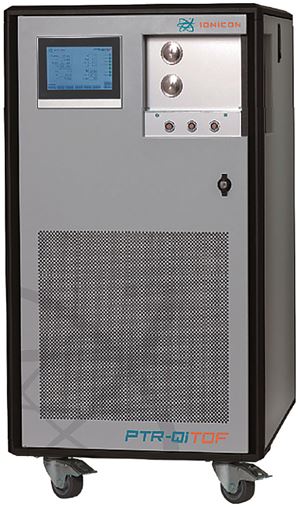
The PacBio Sequel system is equipped with the third generation sequencer PacBio Sequel, utilizing the Single Molecule Real-Time (SMRT) sequencing technology that was launched in September 2015 by Pacific Biosciences in California, United States. Long read lengths are its signature. Such capability facilitates genome annotation and de novo assembly, especially with repetitive elements, as well as finishing draft genomes by filling in gaps and minimizing alignment errors, which is a challenge with second generation sequencers. Long read lengths also enable sequencing of full length transcripts and increases resolution of heterozygosity in diploid genomes via haplotype phasing.
Our facility also includes other equipment to ensure the quality of DNA prior to sequencing. These include: Covaris M220 focused-ultrasonicator, Agilent 2100 Bioanalyzer, Thermo Fisher Scientific Qubit 3.0 Fluorometer and NanoDrop 2000c, Sage Science BluePippin system, Applied Biosystems StepOnePlus RealTime PCR system and Veriti Thermal Cycler, Next Advance Bullet Blender, and Hoefer and Baygene gel electrophoresis systems.
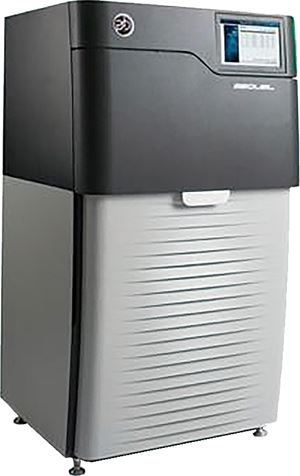
The solid-state NMR is a popular tool for structural determinations of substances in the solid state, especially those that are insoluble in typical solvents used for liquid-state NMR. To overcome the non-homogeneity of solid samples and the close dipole-dipole and anisotropic interactions, the samples will spin at a high rate and at a specific angle, known as the magic angle. The cross-polarization (CP) technique utilizes energy transfer from protons to enhance carbon-13 signals. The combinatory CP-MAS (cross-polarization magic angle spinning) is a common feature in solid-state NMR to enhance the spectrum’s signal strength and resolution. Solid-state NMR can be used for studying drug-membrane interactions, characterizing polymorphs of active pharmaceutical ingredients, visualizing high molecular weight amyloid fibrils, and determining structure and dynamics of molecules in solid polymers and inorganic porous materials.
